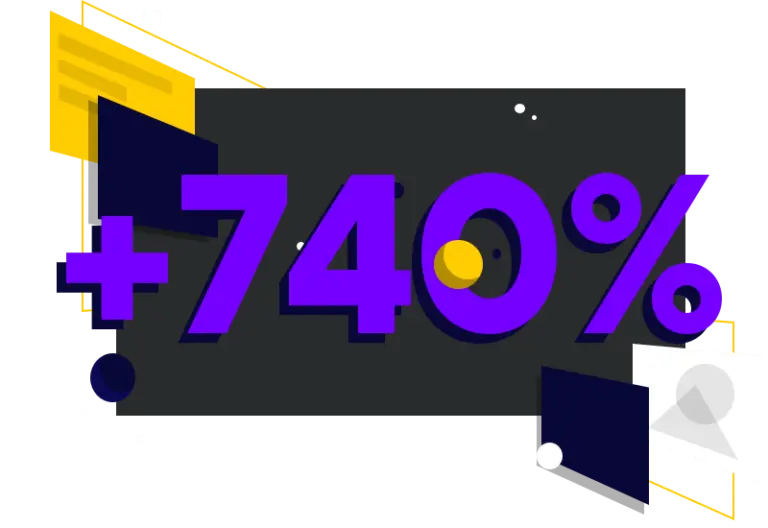Optimizing Optimizely: content recommendations powers personalized experiences on the optimizely blog


We can now tailor next-best-content recommendations to individual users without any need for manual tagging or rules—and learn at the same time which content performs best.
Let’s be honest. The user experience offered by Optimizely’s blog was not all it could have been. Sure, we offered visitors to the blog the best of our content, but it wasn’t based on what they were looking for—it was based on our assessment of what they should see, which often enough meant just showing them the most popular content, again and again. Which in turn meant that the most popular content rarely changed, because we kept serving it to visitors.

Things are very different now. Optimizely Content Recommendations, rolled out across the blog, surfaces next-best-content for visitors, and does it without heavy manual lifting. This solution comes from Episerver, which acquired Optimizely last year and is now operating under the Optimizely brand. The Optimizely product did have a recommendations solution called Adaptive Audiences, but it involved manual tagging of content, making recommendations for audiences, not individuals—in Optimizely’s case, marketing audiences or IT and developer audiences.
The solution we’re now using on the blog is quite different. Where next-best-content had previously been manually specified, Content Recommendations crawls content visitors are consuming across the blog, scans and analyzes it, and automatically associates it with other pieces of content. Manual tagging isn’t necessary. It groups related pieces of content based on keywords—and because it learns as it goes, powered by AI, it just gets better at knowing the next-best-content to serve to individual visitors.
An anonymous visitor to just one page will be shown unpersonalized content, but the more they interact with the blog, the more the engine learns about them. Currently, at the Optimizely blog, over 20% of visitors are getting personalized content recommendations—a number that can only grow. The more visitors the website has, the more the system learns, for example, that visitors from certain sources are consuming certain content and like being served related content.

Although automation is foundational to Content Recommendations, it is possible to add an element of manual customization. For the roll-out, we added categorizations representing content type—white papers, e-books, webinars, etc.—as well as a manual override to direct certain pieces of content to certain audiences like B2B or retail.
But we made one mistake: we told Content Recommendations to surface ungated content in response to visitor behavior. Because we saw people not only reading more content, but being more willing to complete forms, we changed that approach and allowed Content Recommendations to promote high value gated content. The result? A 113% uplift in clicks, and a remarkable 740% uplift in visitors converting to leads by completing and submitting forms.
This is an exponential increase in conversions, based on only 20% of the audience receiving personalized recommendations. As that segment grows, so will the positive outcomes. The present use case is a blog, but it’s clear that Content Recommendations can be used to improve outcomes for a range of ecommerce use cases as well.

Two additional features help ensure you’re creating the right type of content. “What Should I Write Next?” is a dashboard which shows the quantity of content you have on specific topics, and where you should best direct your content creation efforts. Related to that, Content Utilization shows that—in the case of the Optimizely blog—88% of visitor interactions related to just 1.5% of our content. We can use that kind of insight to shift the focus of content creation to the very specific interests of our visitors: we have some work to do there.
But the critical factor is that Content Recommendations is making it much easier to address those kinds of challenges. It takes away the manual work of tagging content and setting rules for when to serve it. And when it comes to creating content, we won’t be wasting effort trying to create pieces of content for every persona on our list. The system will tell us what we should be creating, based on what individual visitors to the blog consume.

